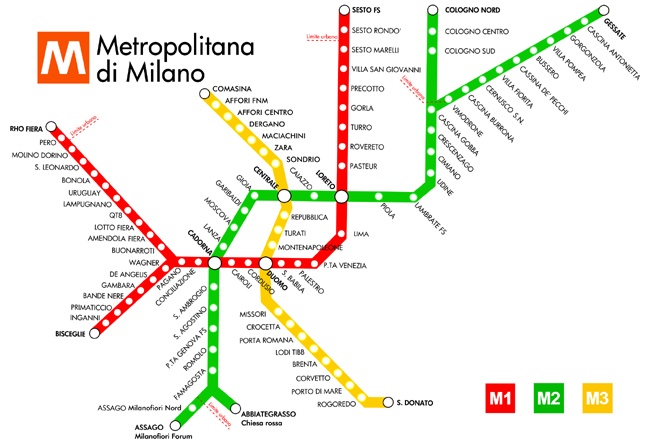Part VI. Composing Context
Making Room for Making Meaning
If semantic environments are the maps we live in, and they help us make sense of the other modes of information we encounter, how do we go about creating them? Is it different from the way weâre used to making applications and websites, services and strategies?
The good news is this: context isnât made of mysterious ether; itâs a result of bodily engagement with the language and objects of an environment. In other words, context depends on stuff we can touch, create, shape, and arrangeâelements that we can compose.
Part VI takes a few steps toward perspectives, principles, and techniques that can help us consider context in our design work. It discusses what composition is, and the materials we use for composing context. It also covers how users make sense of their world through narrative, and offers some considerations for how we do research, analysis, and modeling that can build on the understanding weâve explored in prior chapters.

[376] Wikimedia Commons: http://commons.wikimedia.org/wiki/File:Milano_Subway_map.svg
Get Understanding Context now with the O’Reilly learning platform.
O’Reilly members experience books, live events, courses curated by job role, and more from O’Reilly and nearly 200 top publishers.

